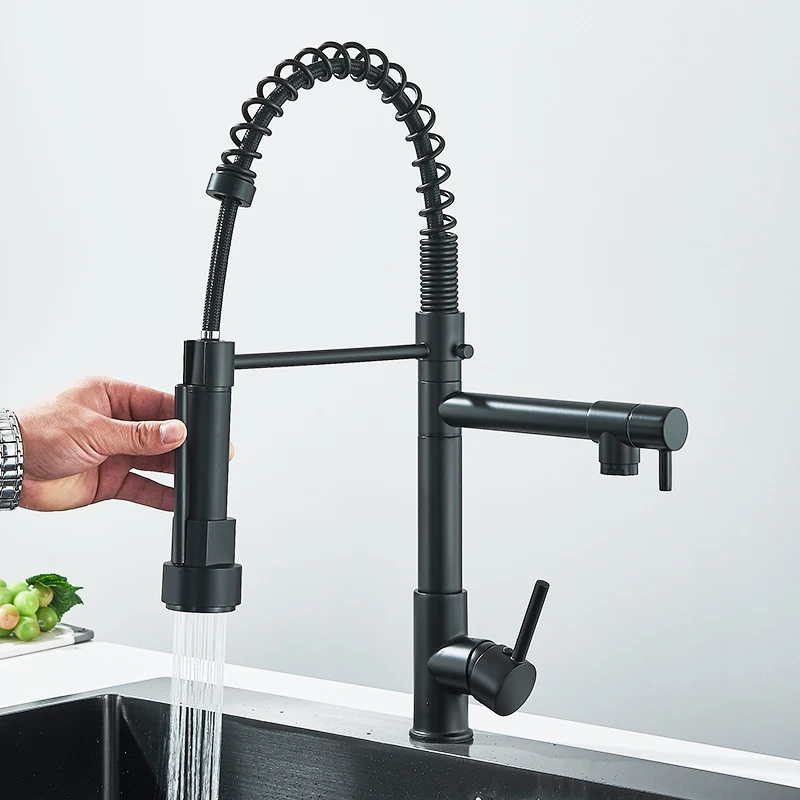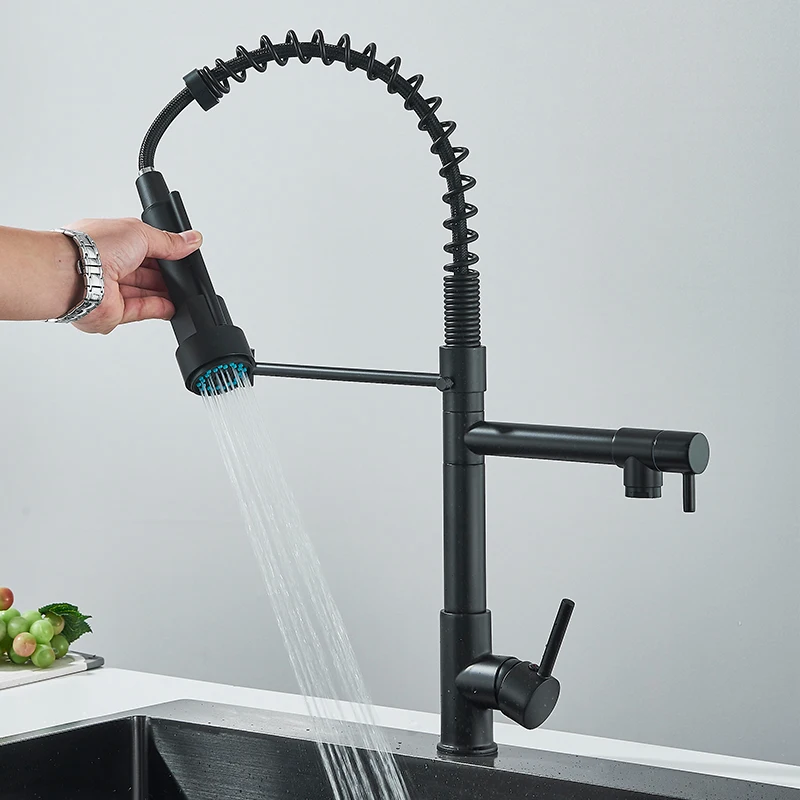Introduction to Faucet Removal
Removal of a kitchen faucet may seem daunting, but with the right approach, it can be straightforward. Whether you’re preparing for a new installation or simply replacing an old fixture, understanding the process is key. The first step to a successful removal is to have a clear plan and the necessary tools at hand. This guide will walk you through the essential steps on how to remove a kitchen faucet efficiently and safely.

Before starting, familiarize yourself with the type of faucet you have. This can affect the removal method. For instance, a single-handle faucet might require different steps compared to a double-handle design. Moreover, it’s important to recognize your skill level. If you feel uncomfortable at any point, it may be wise to seek professional help.
Remember, patience is essential. Take your time to ensure each step is completed properly. By following this guide with care, you’ll have your old kitchen faucet out with minimal hassle. Let’s get started on the journey to replace your kitchen faucet.
Tools and Materials Needed
To begin the process of how to remove a kitchen faucet, gather the necessary tools and materials first. This preparation ensures a smooth removal. Here’s what you’ll require:
- Adjustable Wrenches: These are vital for turning nuts and bolts of various sizes.
- Basin Wrench: A specialized tool for reaching nuts under the sink.
- Pliers: Useful for gripping and turning when wrenches aren’t suitable.
- Screwdrivers: Both flathead and Phillips head may be needed for screws on the faucet.
- Penetrating Oil: This helps to loosen tight or corroded connections.
- Towel and Sponge: Keep these handy for wiping spills and for cushioning yourself while working under the sink.
- Bucket or Bowl: This is to catch any water that may drain from the disconnected lines.
- Flashlight or Work Light: Good lighting is essential for visibility in dark under-sink areas.
Depending on your specific faucet model, other materials like replacement O-rings or plumber’s tape may be needed. Make sure all your tools are in good condition. Check your supply list twice so you don’t have to stop mid-task to find a missing item. With your tools ready, you’re set to safely begin the faucet removal.
Preparing the Workspace and Sink Area
Before tackling how to remove a kitchen faucet, it’s crucial to prepare. A well-prepared workspace ensures safety and efficiency. Start by clearing all items from under the sink. This gives you room to work and prevents damage to dish soap, sponges, and cleaning supplies.
Next, clean the sink area. Remove any dishes or food particles. This keeps the workspace sanitary and reduces the risk of contaminating your tools. Once the sink area is tidy, place a towel or soft cloth in the base. This prevents scratches or dents to the sink surface when you place tools down or remove parts of the faucet.
Ensure good lighting. Attach a flashlight or work light securely. Good visibility is vital for spotting connections and hardware under the sink. Double-check that your necessary tools are within easy reach. This prevents scrambling for tools in the middle of the process.
With the workspace and sink area prepped, you’re ready for the next step: shutting off the water supply. Doing this helps to avoid water spills and potential mess during the faucet removal. Keep your focus, and let’s move to turning off the water supply smoothly.
Shutting Off the Water Supply
Before you dive into the removal process, the most critical step is to turn off the water supply. This prevents any unwanted water flow and potential flooding. Here’s how to do it:
- Locate the Valves: Find the water valve under your sink. There could be one or two, depending on your setup.
- Turn the Valves Clockwise: Twist the valves clockwise to shut off the water. If they’re tough to turn, use your pliers for extra leverage.
- Check the Faucet: After the valves are off, turn on the faucet. This releases any pressure and drains remaining water in the lines.
- Place a Bucket Below: Set a bucket or bowl under the valve to catch drips. This keeps your cabinet free from water damage.
Shutting off the water supply is a vital step in how to remove a kitchen faucet. It ensures a dry workspace and prepares you for the next phase: disconnecting water lines and removing hardware. Ensure the water is completely off before you proceed. A dry, safe work area is key to a successful faucet removal.
Disconnecting Water Lines and Remove Hardware
After shutting off the water supply, the next step in how to remove a kitchen faucet is disconnecting the water lines and removing hardware. Careful and methodical work is key here to prevent damage.
- Position Your Bucket: First, place your bucket under the sink. This will catch any residual water when disconnecting the lines.
- Loosen Nuts and Connections: Use your adjustable wrench to gently loosen the nuts connecting the water lines to the faucet. A basin wrench can help with hard-to-reach areas.
- Detach Water Lines: Once loose, carefully detach the water lines. If they do not budge, apply some penetrating oil and wait a few minutes before trying again.
- Remove Mounting Nuts: Look for mounting nuts securing the faucet to the sink. A basin wrench is ideal for this task. Turn the nuts counterclockwise to remove them.
- Take Off the Faucet: With all connections loose and mounting nuts removed, you can take the faucet off.

Move slowly and steadily during these steps. If nuts or connections are stuck, avoid forcing them, as this can cause breakage. Instead, apply more penetrating oil and allow time for it to work. Remember to keep your tools within arm’s reach throughout the process. This makes the work smoother and quicker.
Removing the Old Faucet
After disconnecting the water lines and removing hardware, the old faucet is ready to be taken out. Here’s how to remove a kitchen faucet safely and efficiently:
- Lift the Faucet: Carefully lift the faucet from its position on the sink. Make sure you have a firm grip.
- Check for Seals: Some faucets may have caulk or plumber’s putty as a seal. If yours does, gently scrape it away with a putty knife.
- Clean Any Residue: Remove any remaining sealant or debris from the sink’s surface. This will prepare it for the new faucet installation.
Avoid using excessive force while lifting the faucet. It may cause damage to your sink. If the faucet feels stuck, apply more penetrating oil to the base and wait. This can help to loosen the parts.
As you remove the old faucet, keep your workspace neat. Place the removed faucet and any other hardware in the bucket or bowl. This helps prevent losing small parts. With the old faucet removed, you now have a clear area to work with. The next task is to clean the sink surface thoroughly before installing a new faucet.
Cleaning the Sink Surface
After successfully removing the old faucet, the next step is to clean the sink surface. This is critical for ensuring a proper seal and fit for your new kitchen faucet. Here’s how to get the surface spotless:
- Remove Debris: Take out any debris or old sealant from the sink top. Use a putty knife for stubborn remnants.
- Clean Thoroughly: Scrub the surface with warm, soapy water. A sponge is great for this task.
- Rinse and Dry: Rinse the sink surface with clean water. Then, dry it with a towel to avoid water spots.
- Inspect the Area: Look for any damage or irregularities that might affect the new faucet installation.
- Apply Plumber’s Putty: If the new faucet requires it, roll plumber’s putty into a rope and place it around the base area.
A clean sink surface will not only help prevent leaks but also give your new faucet a neat appearance upon installation. Make sure no soap residue or water is left before moving forward. With a polished and ready sink surface, you’re now set for installing a fresh kitchen faucet and transforming your sink area.
Troubleshooting Common Removal Issues
Even with careful planning, you may encounter some challenges when learning how to remove a kitchen faucet. Here are common issues and how to troubleshoot them:
- Stuck Valves: Sometimes, the valves under your sink may not turn easily. If this happens, apply penetrating oil and wait. If they’re still stuck, gently use pliers for extra leverage. Be careful not to damage the valves.
- Corroded Nuts and Bolts: Corrosion can make it difficult to remove nuts and bolts. Apply penetrating oil and give it time to work. If they’re still tight, gentle taps with a wrench can help break the corrosion.
- Water Drips After Shut Off: If you see water dripping after turning off the valves, the shut-off valves might not be fully closed. Try turning them further, but if the issue persists, you may need to replace the valves.
- Faucet Won’t Budge: A faucet that doesn’t move might be sealed with caulk or plumber’s putty. Gently use a putty knife to cut through the seal. Take your time and avoid scratching the sink surface.
- Lost Parts: Keep small hardware in a bowl or bucket so they don’t get lost. If you miss a piece, retrace your steps. Check the packaging of your new faucet, it may include replacements.
By addressing these issues as they arise, you maintain progress in removing your kitchen faucet. Remember to stay patient, use the right tools, and proceed with caution to avoid damaging your sink or plumbing.
Final Steps and Proper Disposal
After removing the old faucet and cleaning the sink surface, you’re nearly done. The final steps ensure a job well done and responsible disposal of your old faucet. Here’s what to do next:
- Inspect Your Work: Take a moment to look over the area. Make sure no tools or parts are left under the sink. Check that the workspace is clean and ready for the new faucet installation.
- Prepare for Disposal: Gather the old faucet and any related parts. Depending on your local regulations, find out if you can recycle metal components.
- Separate Recyclables: If parts of your old faucet are recyclable, separate them out. Metals like brass, copper, and sometimes plastic can go to your recycling center.
- Safe Disposal: Wrap sharp or heavy pieces in newspaper to prevent injury. Dispose of the old faucet and non-recyclable parts according to local waste management guidelines.
- Check for Leaks: Once your new faucet is installed, check for any leaks. If you find any, tighten connections as needed, but ensure not to over-tighten.
By following these steps, you complete the removal process of how to remove a kitchen faucet responsibly and safely. Good luck with your new installation!




